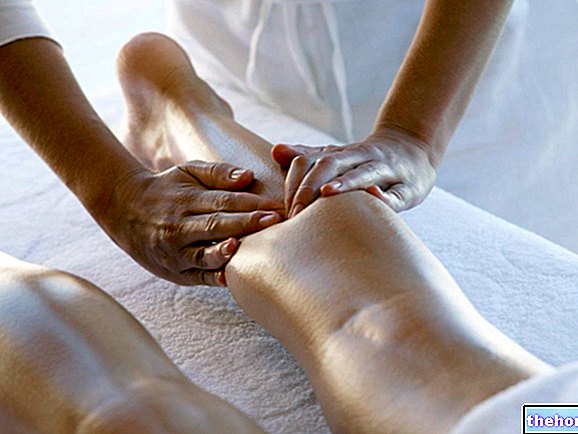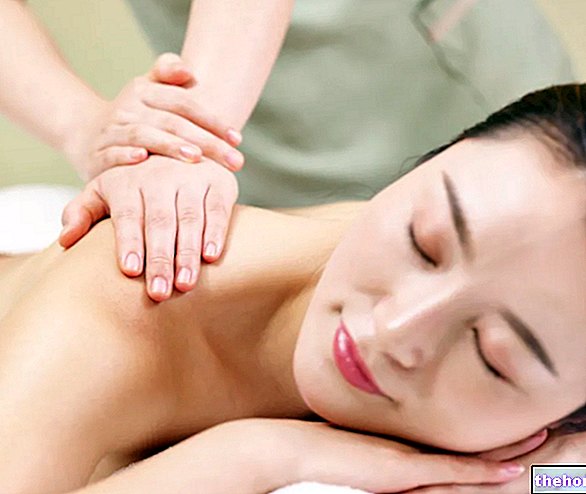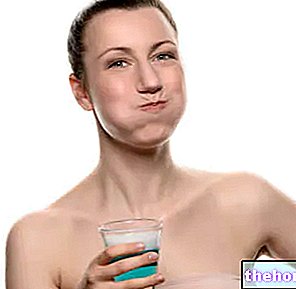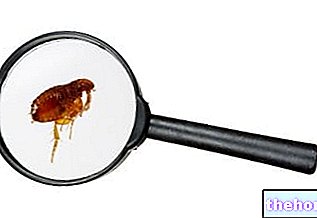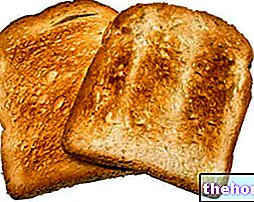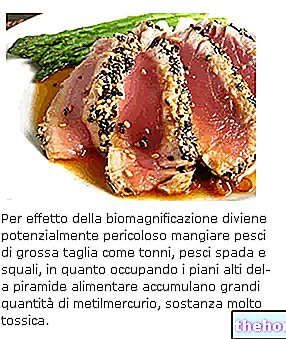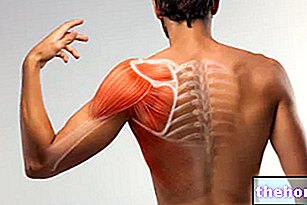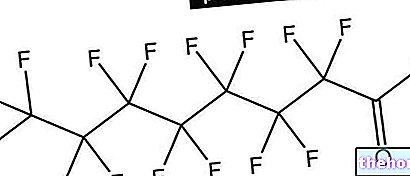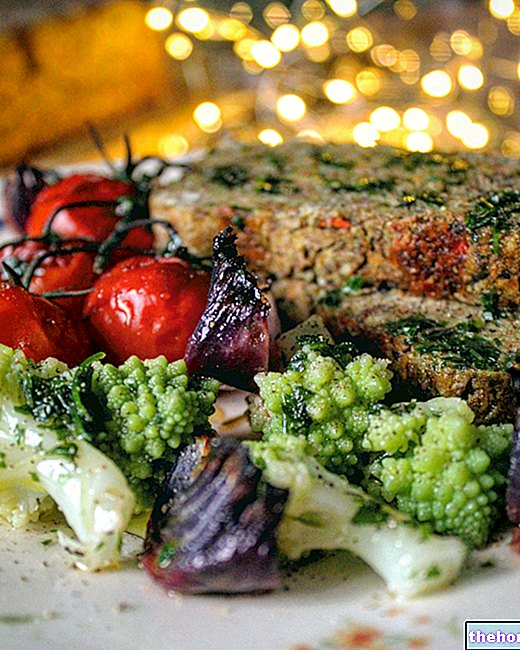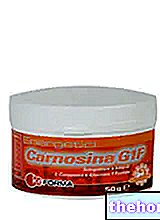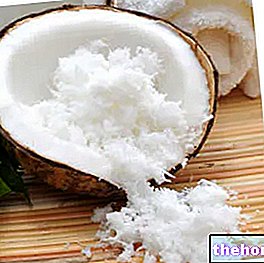Edited by Dr. Giovanni Chetta
The Massage & Bodywork TIB (MATIB)
Key concepts
In order to better clarify the principles on which the TIB Massage & Bodywork is based, it is necessary to deepen some basic principles: "the fundamentals”.
Unnatural lifestyle and habitat
The lifestyle and the environment are undergoing and will undergo radical changes. All this consequently entails specific and actualized needs for care and well-being. Food, habitat, type of work and life, stress, involve in we profound physical and psychic mutations.

Movement and nutrition represent the foundation on which our entire being is built.
More than ¼ of the structures of the central nervous system participate directly and more than half indirectly in the planning and execution of movements. Man, therefore, with his 650 muscles and 206 bones, is a "moving animal". Starting from the embryonic stage, motor functions are at the origin of cognitive activities including language itself. Losing control over one's body consequently means losing control over one's thoughts and emotions (Oliverio, 2001).
The human motor animal, evolved and selected as a great walker and discreet climber, is now found to live, as a rule, on artificial surfaces (flat ground, chairs, desks) completely unfavorable to its own biomechanics and physiology.This artificial environment is actually a further source of environmental pollution (which adds to the atmospheric, sound, visual, etc.) and inexorably involves psycho-physical problems including, starting from the first steps, postural alterations and, over time , loss of motor skills and proprioceptive abilities.
In addition to this, our instincts always react to stressful situations by preparing us "to escape or fight" by making the relative physiological adjustments: increase in metabolism (heart rate, blood pressure, sweating, breathing), increase in the concentration of sugar and fat in the blood, contraction of skeletal muscles, confluence of blood from peripheral areas and secondary organs to the heart, lungs, skeletal muscles, reduction of gastrointestinal secretions and motility, decreased activity of the immune system, etc.
Stress involves muscular tension (muscular defenses), both acute and chronic, and this can block the state of well-being. Initially, only the musculature is affected, subsequently the contraction becomes chronic, i.e. constantly active at an unconscious level (the muscle remains contracted no longer having the energy to expand) and the relative connective tissue is restructured causing a myofascial retraction (described in the paragraph "The system connective and myofascial "). Finally, the affected joints, incessantly compressed by chronic muscle tension, undergo an" early osteoarthritis, with postural alterations, etc. .. Furthermore, a group of muscles in tension exerts an "influence on other muscles both for a muscular and nervous fact (the excited neurons excite the neighboring ones); there is therefore a great waste of energy, which persists even during sleep, capable of leading to a state of weakness and chronic psycho-physical discomfort.
The muscular system constitutes a high priority system: when activated, the other systems, such as those responsible for the perception of sensations, attention, cognitive activities, etc., are in a state of relative block, as this state is linked to the "execution of actions important for survival, such as escape, attack, search for food, for a sexual partner, for the nest. Any convulsive and rapid physical activity blocks the senses. If you swallow food quickly you will not appreciate it. taste, if we are used to clenching fists or jaws our body will hardly be truly relaxed, our mind will hardly perceive the sensations with the same intensity as true states of relaxation, thus undergoing a state of bodily despair. Activating the muscles as if a movement were to occur, therefore means involving other muscles, reducing the flow of feelings and ideas. If the stress continues for a long time (chronic stress) it is therefore capable of causing even serious psycho-physical discomfort (including the alteration of the genetic code).
Brain rhythms and the power of relaxation
In the brain there is an "intense electrical activity. It was Dr. Hans Berger who first, in 1929, described the four types of rhythms or waves, called electroencephalographs, characterized by different frequencies (or cycles per second):
- Rhythm Beta (frequency greater than 14 hertz). It is "the state of active wakefulness, characterized by mental and muscular tension, which prevails when we are busy, alert, with the" attention almost entirely directed to the outside or to the intense remurgination (internal dialogue). It is the rhythm of the maximum expenditure of nervous and physical energies, in which the orthosympathetic nervous system dominates. It also coincides with the paradoxical sleep phase or when you dream (REM phase). It is the rhythm of acute stress and is directly proportional to it. Stress hormones bring the brain to maximum activity and, in the long run, to maximum wear and tear from overworking. Hyperactive people spend much of their time in this rhythm.
- Alpha rhythm (frequency approx. 8-13 hertz). It is the rhythm of detachment from external reality. It coincides with relaxation and a decline in brain activity. In healthy people, not under stress, this state is generated automatically by simply closing the eyes. M. H. Erickson would define this state as "the normal daily trance state" experienced by all.
- Rhythm Theta (frequency approx. 4-7 hertz). It coincides with the state of semi-sleep. It is "the phase in which associative and creative thought is favored. It is the rhythm of flashes of genius, of sudden illuminations. In this phase one is open to inner listening, to introspection. But it is also the rhythm of psychophysical regeneration. It corresponds to the trance state normally reached during a hypnosis session.
- Delta rhythm (frequency below approx. 3 hertz). It coincides with deep dreamless sleep and intense muscle relaxation. In this phase there is the maximum production of the GH growth hormone (which is essential for cell renewal throughout life as well as, in the first phase, for growth) and the maximum activity of the immune system. This is the topical moment. for all our regenerative processes and for the production of "endofarmaci": the powerful drugs produced by our. organism with highly specific action. The great power of the "placebo effect" is now known to all. It stimulates the body's self-production of drugs thanks to the sense of tranquility, the calming effect, resulting from the firm belief that we have taken something that will soon make us feel good . On the contrary, mental tension (eg fear) as well as the prolonged intake of drugs (through a feedback mechanism) inhibit the action of our “internal doctor”.
The delta rhythm is under the maximum domination of the parasympathetic nervous system and prevails in the sleep of good dorms. When it is altered, the person sleeps badly, regenerates little and therefore tends to be tired, to get sick easily and to have psychosomatic disorders.
Hence the importance of techniques and activities that promote relaxation.
Other articles on "Lifestyle and unnatural habitat"
- Classic massage: action mechanisms and massage techniques
- Massage & Bodywork T.I.B.
- The massage: history, benefits, indications and contraindications of the massage
- Types of massage: therapeutic massage, hygienic massage, aesthetic massage, sports massage
- The power of visualization, stress and neuroassociative conditioning
- The fundamental role of the body and touch
- The connective and myofascial system
- Myofascial connective system and DOMS
- Thixotropy and tensegrity
- The tensegrity of the human body
- Deep wraps and massage & bodywork TIB (MATIB)
- Massage manual skills
- TIB Massage & Bodywork Manual (MATIB)
- TIB Massage & Bodywork: what it is for and how to do it
- Massage & Bodywork session TIB (MATIB)
- The Massage & Bodywork TIB (MATIB)
- The Massage & Bodywork TIB (MATIB) - Results
- The TIB Massage & Bodywork: Conclusions
- Brain rhythms and the power of relaxation



